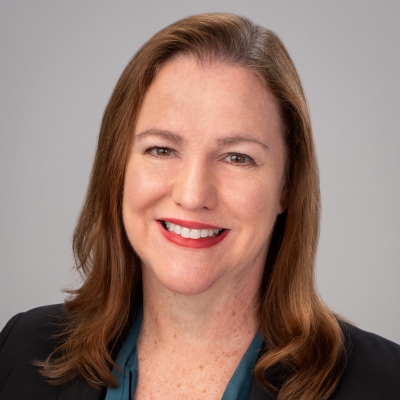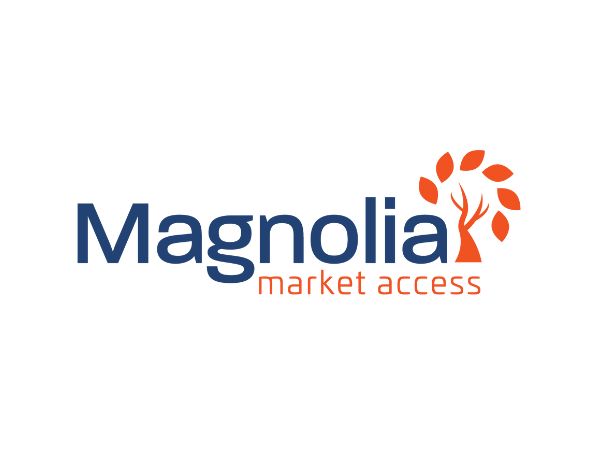This webinar discusses how early stage planning taking into account commercial production, logistics, reimbursement, and health inequities can lead to successful approvals and market adoption.
A viable cell therapy business model and reimbursement plan needs to begin ‘with the end in mind’, more so than in traditional small molecule development. Much higher upfront capital expenditure, the unique needs of diverse patient populations, and potential logistical and reimbursement challenges may be barriers that manufacturers face in launching novel, targeted therapies. In niche markets as well as broader therapeutic areas that cell and gene therapies are now targeting, getting the product to the patient both seamlessly and efficiently is crucial. So innovative approaches that incorporate the needs of specific patient populations, payers, and providers need to be explored during clinical development.
This innovation needs to occur across the entire spectrum, from the referral, evaluation and approval of therapy, right through to administration and monitoring. Some core principles will not change, such as reimbursement strategies will primarily be driven by payer type, site of care, coverage factors (e.g., level of unmet need, cost offsets, strength of clinical data, etc.) and product cost. However manufacturing is an area where new thinking, such as decentralized approaches to manufacturing, could increase the likelihood of viable cells being available to a greater number of patients. And this could potentially be a first step in democratizing the cost of expensive cell therapies to make them more accessible to patients from all socio-economic backgrounds.
Key Topics Include:
- Understand challenges associated with commercializing cell therapies, recent advancements, and where the greatest barriers remain.
- Gain a better understanding of who currently has access to cell and gene therapies.
- Learn how manufacturers can promote equity and ensure access.
Resources
Presenters
Senior Vice President
Real-World Evidence and HEOR Strategy
Magnolia Market Access
Senior Vice President
Reimbursement & Market Access
Magnolia Market Access
Senior Vice President
Commercialization Strategy
Magnolia Market Access






